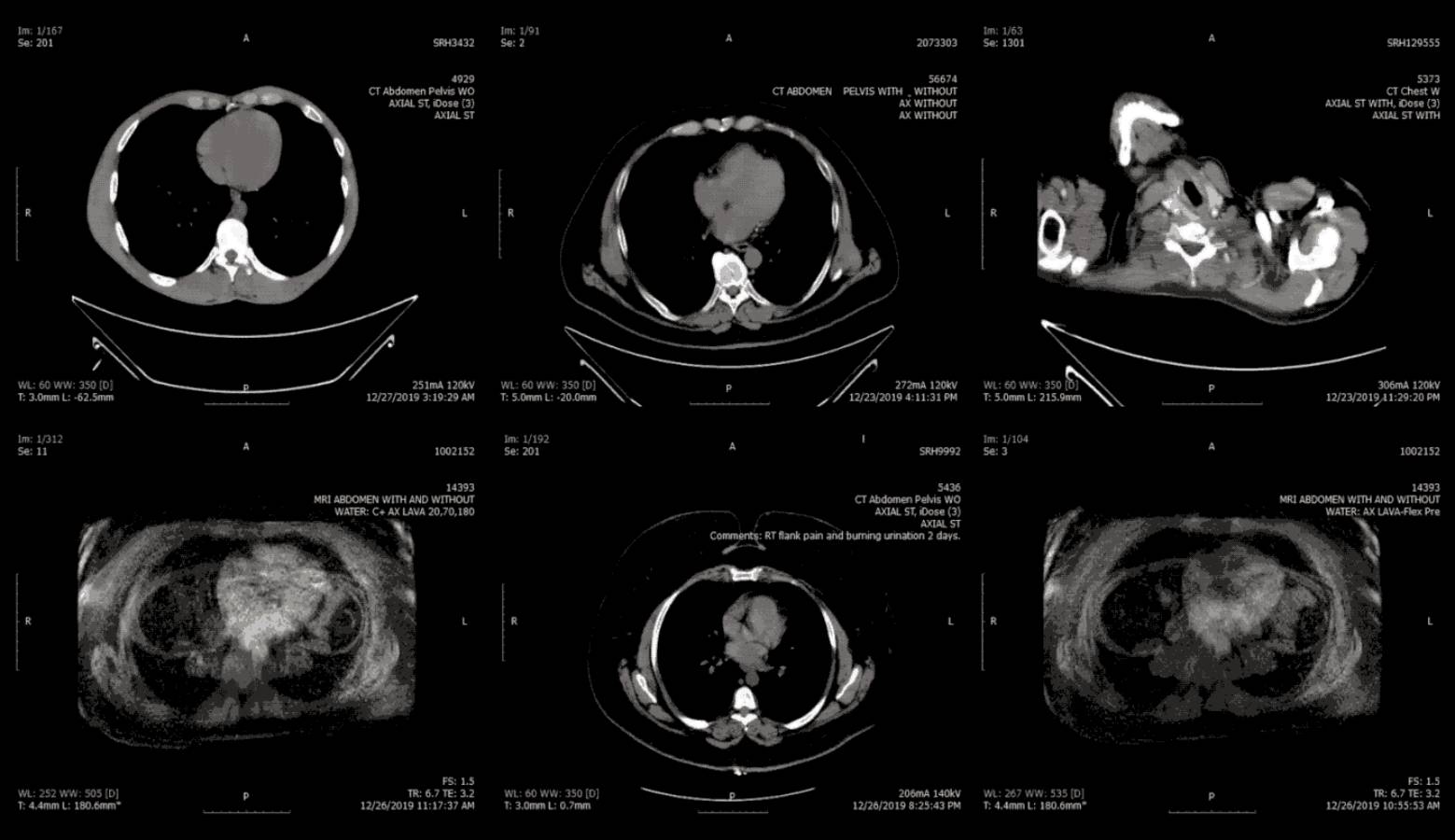Over a billion medical images from hundreds of hospitals, media offices, or imaging centers were stolen by hackers and published on the Internet, these being confidential, sensitive documents of many patients.
Half of the images published on the Internet are X-rays, ultrasound test results and CT scan results, and of course all of these belong to US patients.
All the medical institutions from which these images were stolen were warned a few weeks ago by computer security researchers about the vulnerabilities they have, but most of them ignored them.
Some of them still have the images available for download by anyone, and of course they also violate the American legislation regarding the confidentiality of medical data, but they do nothing to stop this.
Every day, millions of new medical images of patients from all over the world arrive on the Internet, and up to now 1.19 billion have been published, but the number increases substantially with each passing day, and that is a problem.
It seems that everything is based on a file format that is about a year old, called DICOM, and being specially designed for medical institutions to store various types of files that only they can read.
"Hundreds of hospitals, doctor's offices and imaging centers use insecure storage systems, allowing anyone with an Internet connection and free downloadable software to access more than 1 billion medical images of patients worldwide. About half of all images on display, which include X-rays, ultrasounds and CT scans, are of patients in the United States.”
These files are stored in servers known as PACS, they are also used to store normal images, and unfortunately, medical institutions connect them to the Internet without protecting them with a password.
This means that anyone who has the address of the server can take absolutely anything from it, including the personal data of the patient that allows to identify him, including the diseases that the said person suffers from, the CNP being sometimes also included.
This is one of the worst medical security issues in history, and it's getting more serious every day.

















